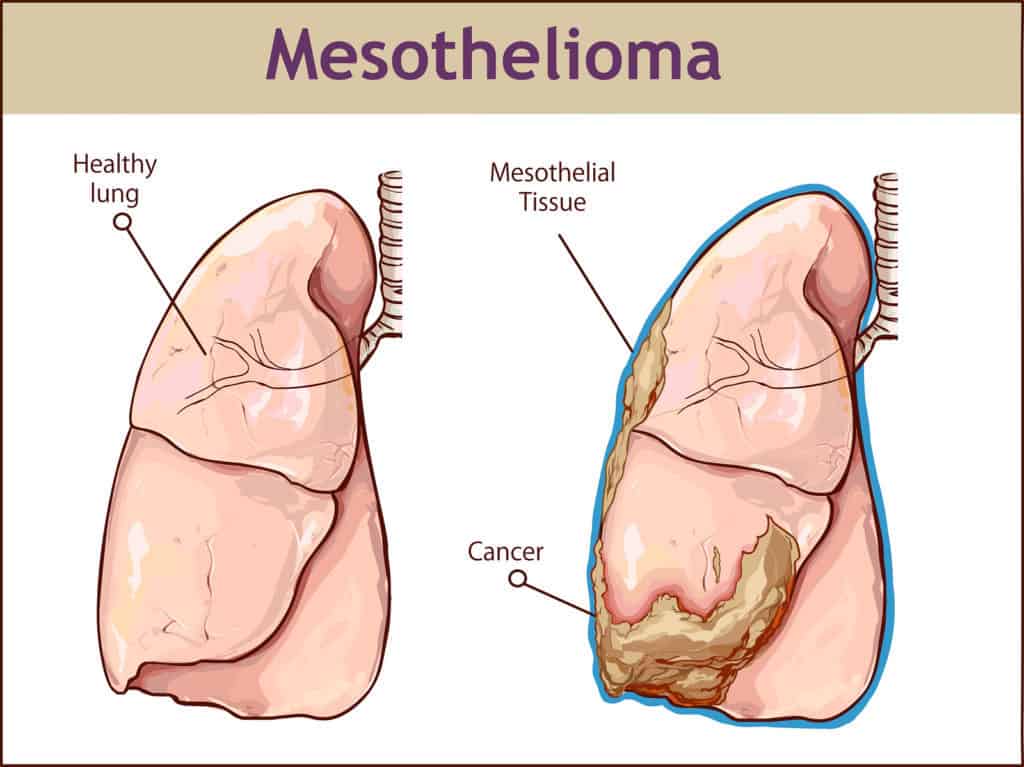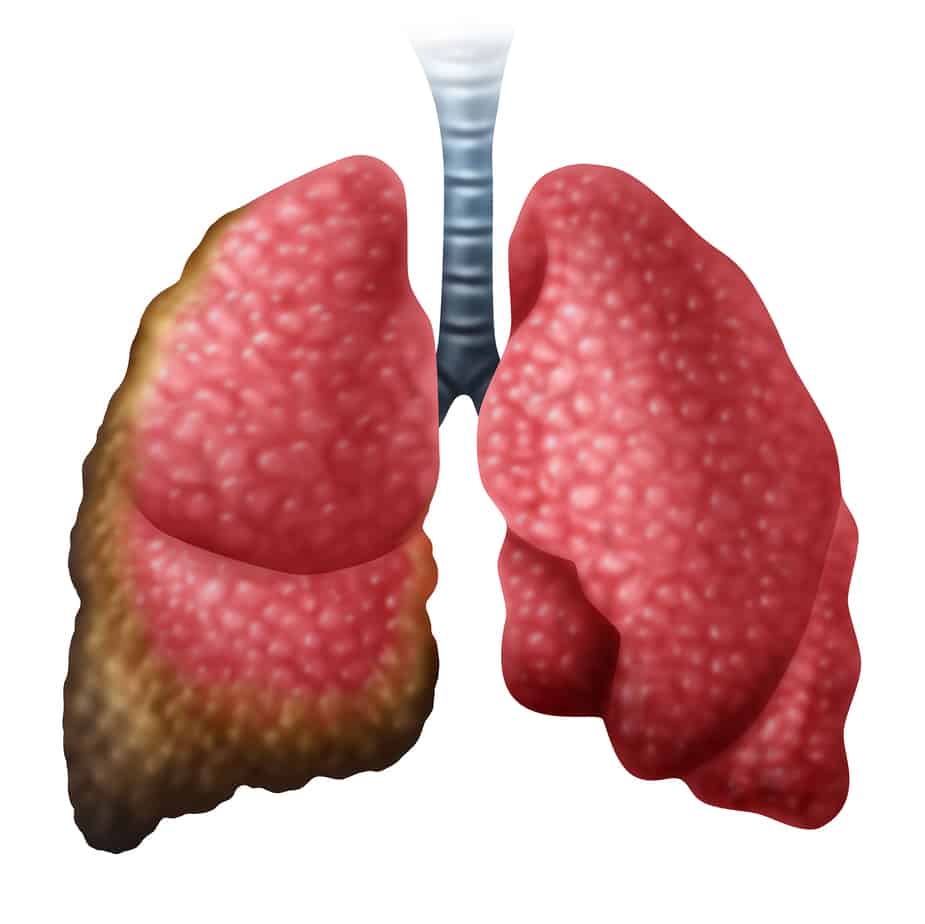Two recent studies have found that talc pleurodesis may be a viable option for mesothelioma.
Talc pleurodesis is a surgical procedure used in the treatment and prevention of pleural effusions. The palliative treatment helps improve the patient’s quality of life by making it easier to breathe and alleviating pain.
The treatment aims to drain the fluid around the lungs, which makes it difficult to breathe, and eliminate the pleural space to prevent the fluid from returning.
A study published by Journal of Thoracic Disease has found that talc pleurodesis improves the survival rate of patients better than lung fluid treatments. The results of the study suggest that the less-invasive talc pleurodesis may be a better option compared to aggressive tumor-removing surgery.
The group of researchers was led by Dr. Emanuela Taioli of the Institute for Translational Epidemiology at Icahn as well as Raja Flores, a thoracic surgeon at Mount Sinai Hospital.
As part of the study, researchers looked at 49 previous studies focusing on survival rates comparing surgery to talc pleurodesis for pleural mesothelioma.
On average, the survival rate of patients treated with talc pleurodesis was 14 months, whereas patients treated with aggressive pleurectomy and decortication (P/D) had an average survival rate of 17 months. Patients who underwent extrapleural pneumonectomy (EPP), an even more aggressive treatment, had an average survival rate of 24 months.
“A person may choose to do the talc, knowing survival might be a little shorter, but clearly the quality of life may be better by avoiding major surgery,” said Taioli.
Another study out of the UK found that talc pleurodesis may be more effective at extending survival than other lung fluid treatments.
Researchers at the Chest Diseases Department at Oxford reviewed the outcomes of two different groups of patients with pleural mesothelioma. Both groups underwent talc pleurodesis.
Patients had the longest survival when their lung fluid did not return. Patients who had the fluid return did not live as long.



